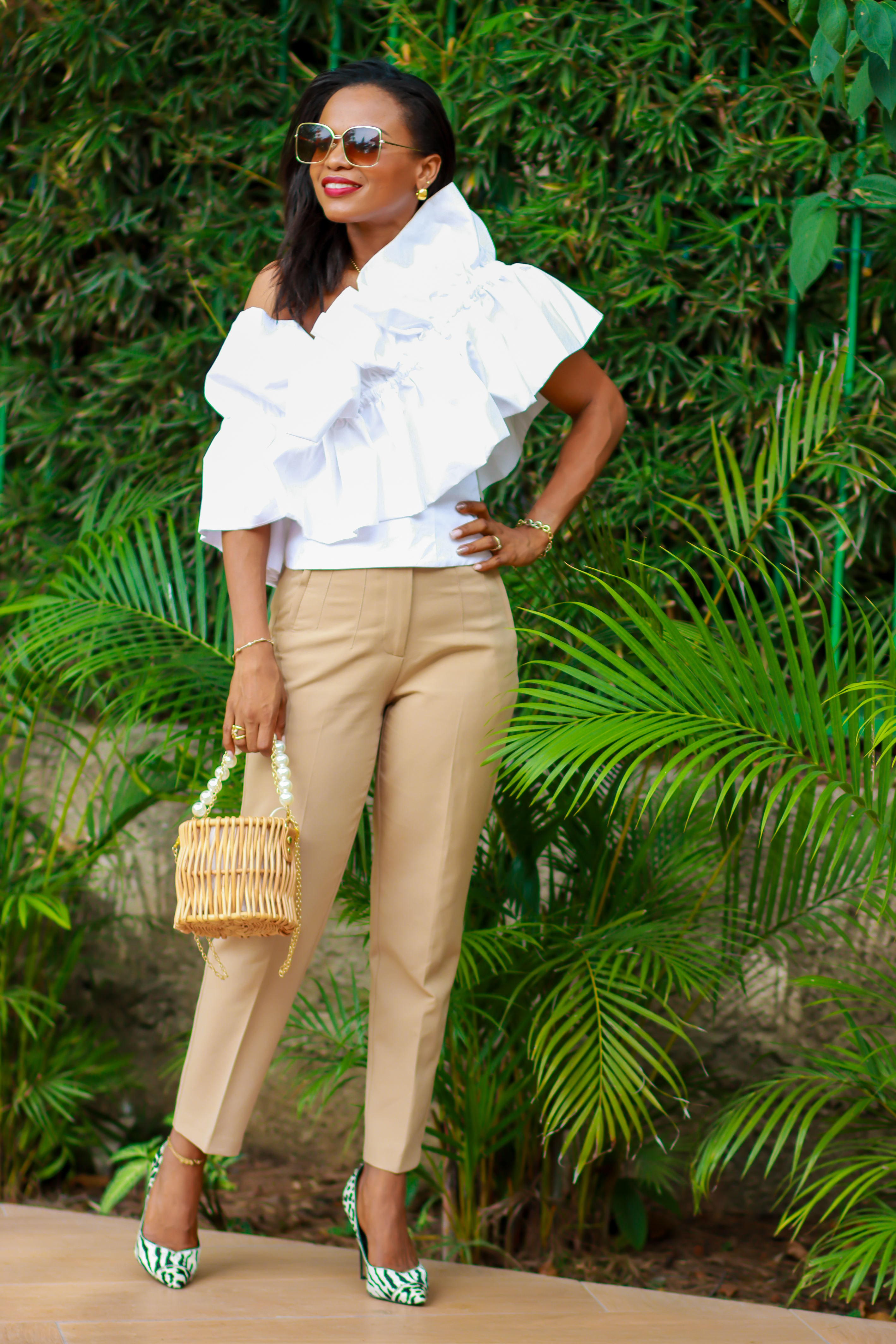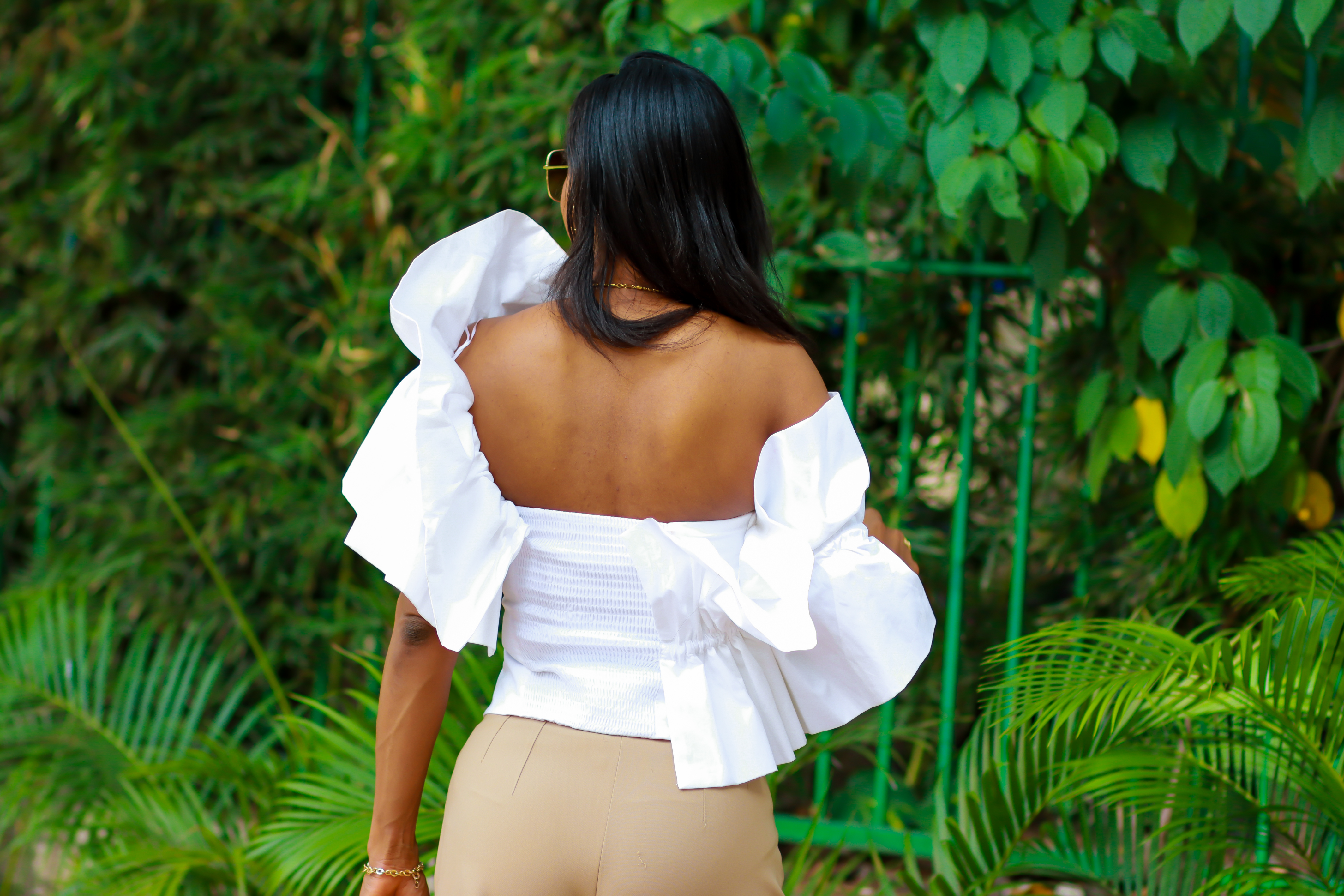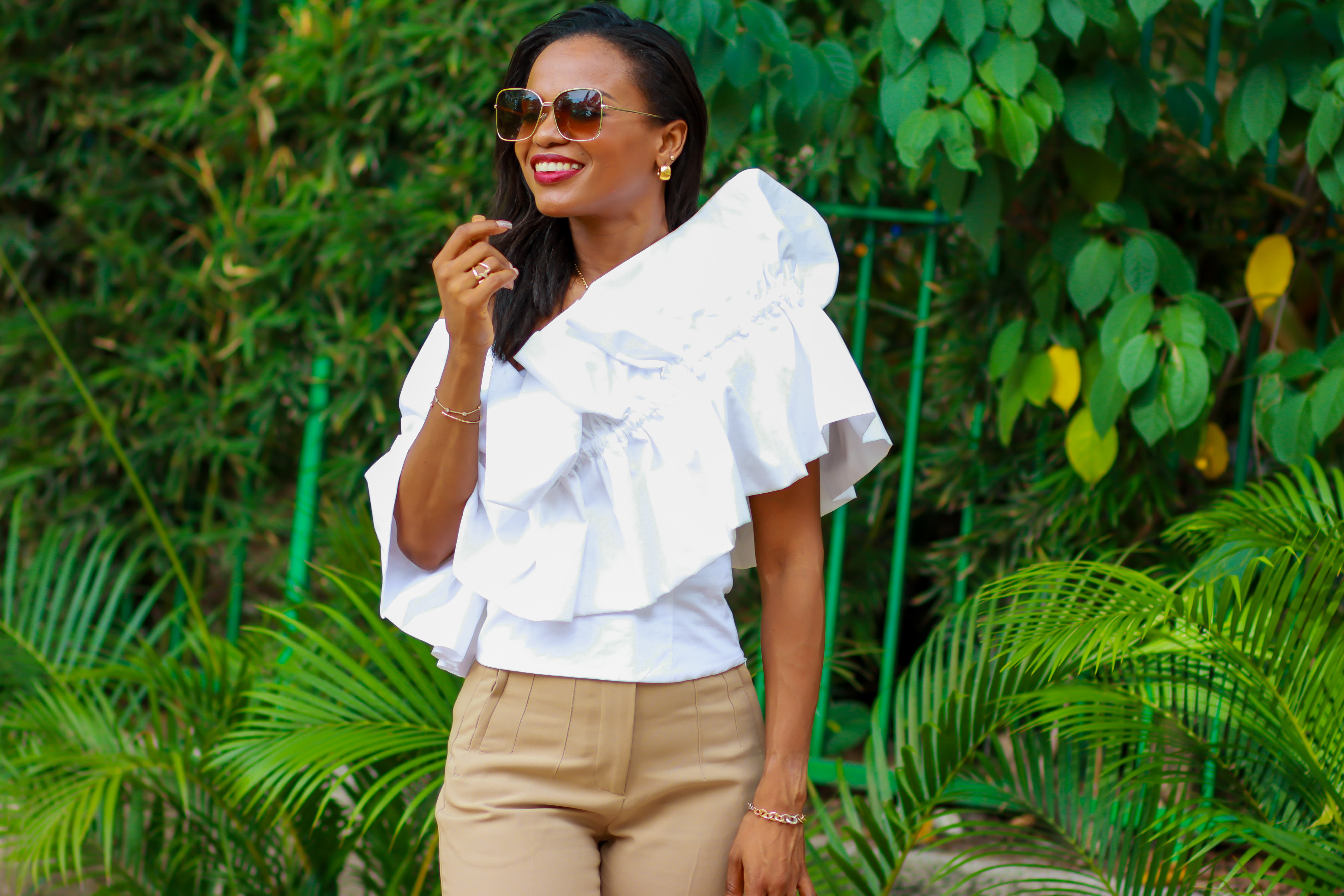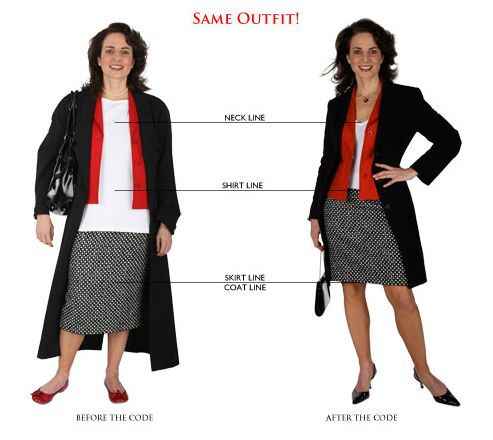
Hi everyone,
I hope this post finds you well. I know that we are more familiar with the horizontal body shape where we learn how to dress our apple, pear, and hourglass figures and often forget about the vertical body shape and how it plays a very important role in our styling. Dressing up and not paying attention to our vertical line can easily change the overall look and expectations making you look older, shorter, and sometimes fuller than you actually are.

First of all, what is the vertical body shape? Vertical body shape is how your body is divided into 4 sections:
- The top of the head to the nipple line (with bra on).
- The nipple line to the hipline (the fullest part of the bottom).
- The hipline to the center of the kneecap.
- The kneecap to the floor.


Almost everyone has different proportions and women can be placed in one of three main categories:
The Balanced Body
Being one of the main vertical body types, you have this vertical body type when:
- Your upper body length is almost the same as your lower body length
- Your height from your hipline to the ground is equal to half your full height
- Your waist is equal to your bent elbow
- The short segments (bust-to-hip and hip-to-knee) are similar in length as are the long segments (head-to-bust and knee-to-floor).

How To Dress The Balanced Vertical Body Shape?
Your dressing aim is to elongate the short segments (bust to hip and hip to knee)
- Wear tops that are medium to long
- Focus your attention on the face with accessories like jewelry and scarves
- Get pants and skirts either without a waistband or only a narrow waistband
- Prioritize monochrome or analogous look to avoid contrasting colors at the waistline
- Avoid wide belts
- Avoid empire waist dresses

Long Legs Short Torso
Most often seen with tall women although there are always exceptions. You have this body type when:
- Your legs tend to be very long as compared to the torso length
- The height from ground to hip is higher than half your full height
- You appear high-waisted, higher than your bent elbow
- Weight gain tends to be around the midriff

How To Dress For The Longs Legs / Short Torso Vertical Body Type?
Your dressing aim is to visually lengthen your short torso.
- Long jackets, top and over blouses
- Accessories that draw the eyes down
- Skirts and pants without waistbands
- Wear mid-rise to waisted skirts and pants (must also be aligned to your horizontal body shape)
- Narrow non-contrasting belts
- Flats to medium heels.

Short Leg / Long Torso
These women are usually short to average in height, you have this body type when:
- The upper body tends to be longer than the lower body
- Often has a low, heavy bottom
- Weight tends to form on the thighs and bottom

How To Dress The Short Leg / Long Torso Vertical Body Type?
The dressing aim for this body type is to lengthen the legs and shorten the torso.
- Wear short to medium-long tops and jackets
- If your horizontal body type permits tuck in your tops
- Accessorize to focus on the upper side of the body
- Straight skirts elongate more than a-lines or flared skirts
- Wear medium to wide belts
- Classic wide pants will look great on you
- Keep socks, shoes, and bottoms all in the same color
- Wear heels
- Avoid cropped pants
- Avoid tight tapered skirts and pants
- Avoid skirts and trousers with a dropped waistband

Let’s Visualize – If you forget everything remember this (visual impact of proportion):


Every body shape is unique and you may find some contradictions between the vertical and horizontal body shapes when you are trying to add them both together. If it’s the case for you, a consultation with a personal stylist may be required to help you master how you style your unique body shape. Don’t forget that you can always book a session with me.
Thanks for stopping by,
Xoxo,
Photo Credit @MJPhotography





 My name is Iris, and I am a Certified Style Coach™. I am here to assist you in building confidence, enabling you to achieve and consistently enhance the best version of yourself every day.
My name is Iris, and I am a Certified Style Coach™. I am here to assist you in building confidence, enabling you to achieve and consistently enhance the best version of yourself every day.
Thanks for explaining this – although I’m only 5’4 I have longer legs than my torso which is short. So these are valuable tips. Great to see you back in the link up.